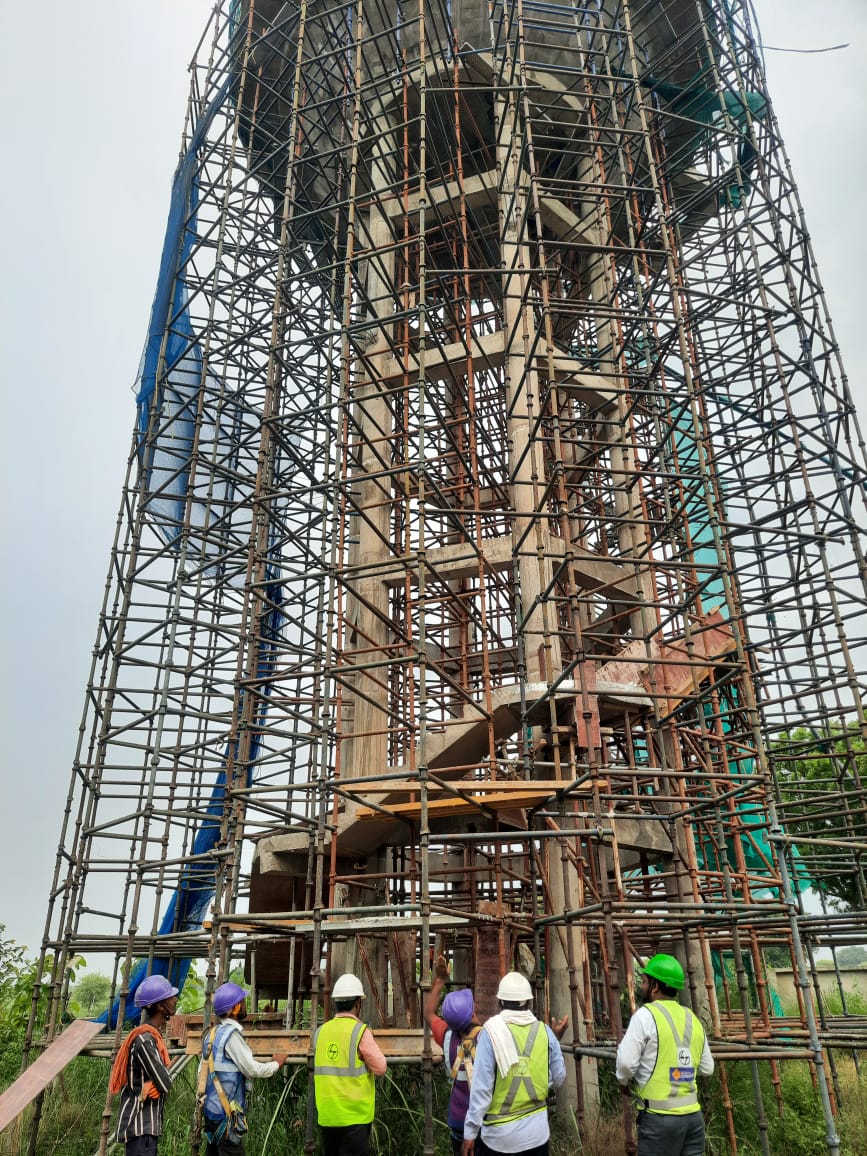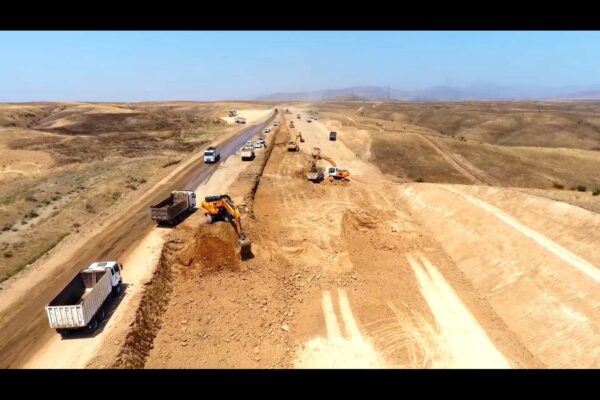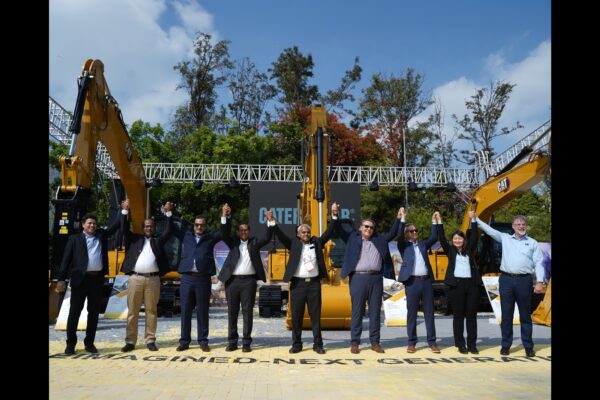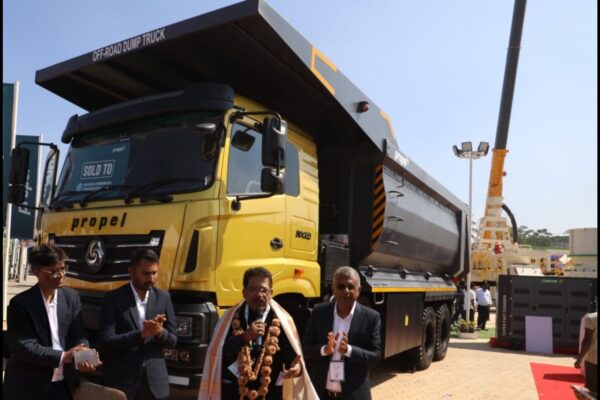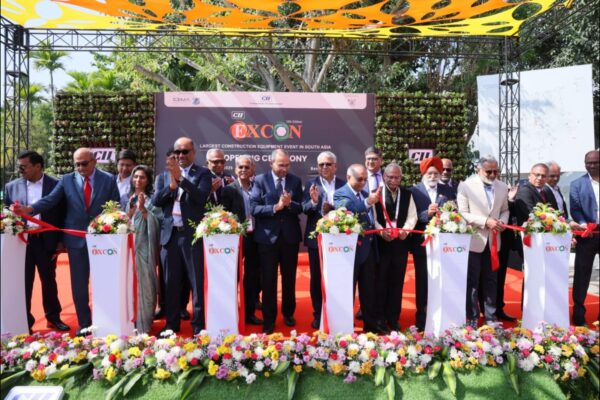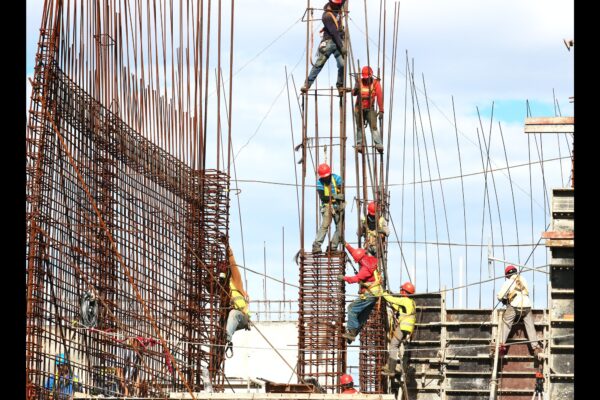What should project managers know before choosing temporary access systems?
by Mayank Pathak, Managing Director, Translite Scaffolding
Temporary access systems are essential for construction, maintenance, and infrastructure projects, ensuring safe and efficient movement for workers, vehicles, and equipment. From scaffolding and modular walkways to temporary bridges, the right solution enhances safety, productivity, and cost efficiency. Choosing wisely requires project managers to assess purpose, site conditions, regulations, and long-term impacts before implementation
Temporary access systems are a critical part of many construction, maintenance, and infrastructure projects. They provide workers, vehicles, and equipment with safe and efficient access to areas that may otherwise be difficult to reach. Whether it’s scaffolding for a high-rise façade repair, a temporary bridge for site access, or modular walkways for public events, the right system can make a huge difference in safety, cost, and productivity. For project managers, selecting the right option involves more than just comparing prices. It requires a careful understanding of project needs, site conditions, regulations, and long-term impacts.
Understanding the purpose of the temporary access
Before choosing any system, project managers should first define exactly what the access solution needs to achieve. Temporary access systems can serve various purposes, such as enabling construction crews to work at height, allowing vehicles to cross uneven ground, or providing safe passage for pedestrians during events or maintenance works. Understanding the intended use helps narrow down suitable options. For example, a project that requires frequent heavy vehicle movement will demand a very different system from one designed for light pedestrian access. Having a clear understanding of the purpose also allows managers to anticipate potential challenges, such as high load demands, exposure to extreme weather, or the need for rapid assembly and dismantling.
Assessing site conditions and constraints
Every site comes with its own unique set of challenges, and these can significantly affect the choice of access system. Project managers need to consider factors such as ground stability, space availability, surrounding structures, and environmental sensitivity. For instance, a muddy or unstable site may require ground protection mats or temporary roadways, while a confined urban space might call for compact, modular scaffold systems that can be assembled in tight quarters. Weather conditions also play a role. High winds, heavy rain, or extreme temperatures can affect both the safety and performance of temporary structures. Understanding these constraints beforehand allows managers to select materials and designs that can withstand local conditions and keep the project moving forward without unnecessary delays.
Compliance with safety standards and regulations
Safety is the top priority when it comes to temporary access systems. Project managers must ensure that the chosen system complies with all relevant safety standards, building codes, and industry regulations. In many countries, temporary structures like scaffolds, platforms, and bridges are subject to strict safety guidelines that dictate load capacity, guardrails, fall protection, and inspection requirements. Beyond legal compliance, safety standards help reduce the risk of accidents, protect workers, and minimize liability. Choosing a reputable supplier or contractor who understands these regulations is key. Managers should also plan for regular inspections throughout the project to ensure that the system remains safe and compliant as work progresses.
Considering load capacity and structural strength
One of the most critical technical aspects of any temporary access system is its ability to support the intended load safely. This includes not only the weight of workers but also tools, materials, and any dynamic forces caused by movement or machinery. Overlooking load capacity can lead to structural failures, project delays, or severe safety hazards. Project managers should ensure that the supplier provides accurate load ratings and engineering specifications. In some cases, it may be necessary to carry out site-specific load testing before installation. Understanding the expected traffic patterns, weight distribution, and frequency of use will help in selecting a system that can handle the demands without compromise.
Ease of installation and removal
Time is money in any project, and the speed at which temporary access systems can be installed and dismantled can have a significant impact on overall timelines. Systems that require extensive assembly time or specialist tools may slow progress and increase labor costs. Opting for modular, prefabricated, or quick-connect systems can help speed up installation while maintaining safety and stability. In addition, project managers should consider the ease of removal once the job is complete. Efficient dismantling reduces downtime and allows the site to be restored or repurposed quickly.
Adaptability and flexibility of design
Projects rarely go exactly as planned, and sometimes access requirements change mid-way through. Choosing a temporary access system with adaptable components can help project managers respond to unexpected changes without needing to invest in an entirely new setup. For example, a scaffold system that can be extended, reconfigured, or adjusted in height offers greater flexibility if the scope of work expands. Similarly, temporary roadways that can be relocated or widened can accommodate changes in vehicle routes. Flexibility not only saves money but also reduces disruption to the workflow.
Material quality and durability
Temporary does not mean disposable. A high-quality temporary access system can often be reused across multiple projects, making it a more cost-effective long-term investment. Materials such as galvanized steel, aluminum, or heavy-duty composite panels offer durability while resisting wear from weather, heavy use, and transport. Poor-quality materials may degrade quickly, leading to safety hazards and additional replacement costs. Project managers should assess the expected lifespan of the system, factoring in how often it will be used and under what conditions. Durable systems also maintain structural integrity better, which is essential for safety.
Environmental considerations
Sustainability is becoming an increasingly important factor in project planning. Temporary access systems can have environmental impacts, especially when used in sensitive areas like wetlands, heritage sites, or public parks. Project managers should look for systems that minimize ground disturbance, reduce waste, and can be recycled or reused. Some suppliers offer eco-friendly options made from recycled materials or designed to protect soil and vegetation. Considering environmental impacts from the start not only supports sustainability goals but can also help secure permits and community approval.
Supplier reputation and support services
The supplier or contractor providing the temporary access system plays a vital role in its success. A reputable supplier will not only deliver quality equipment but also provide technical guidance, installation support, and ongoing maintenance. Project managers should research the supplier’s track record, check client references, and ensure they can respond quickly to any issues that arise. Good support services can make a big difference if unexpected adjustments or repairs are needed during the project.
Cost and budget management
While budget constraints are a reality for every project, choosing the cheapest option can sometimes cost more in the long run if it leads to delays, safety issues, or frequent replacements. Project managers should evaluate the total cost of ownership, including rental or purchase price, transportation, installation, maintenance, and dismantling. A cost-effective solution balances price with safety, durability, and performance. Comparing multiple suppliers and requesting detailed quotes can help ensure that the chosen system provides the best value for the budget.
Final thoughts
Selecting the right temporary access system is about more than finding something that simply works for the moment. It requires careful planning, a deep understanding of project requirements, and a commitment to safety and quality. Project managers who take the time to evaluate purpose, site conditions, safety compliance, load capacity, flexibility, and supplier reliability are far more likely to choose a system that supports both immediate needs and long-term project goals. By approaching the decision with a well-rounded perspective, project managers can ensure that their temporary access systems are not only fit for purpose but also contribute to a safe, efficient, and successful project outcome.
Tags

